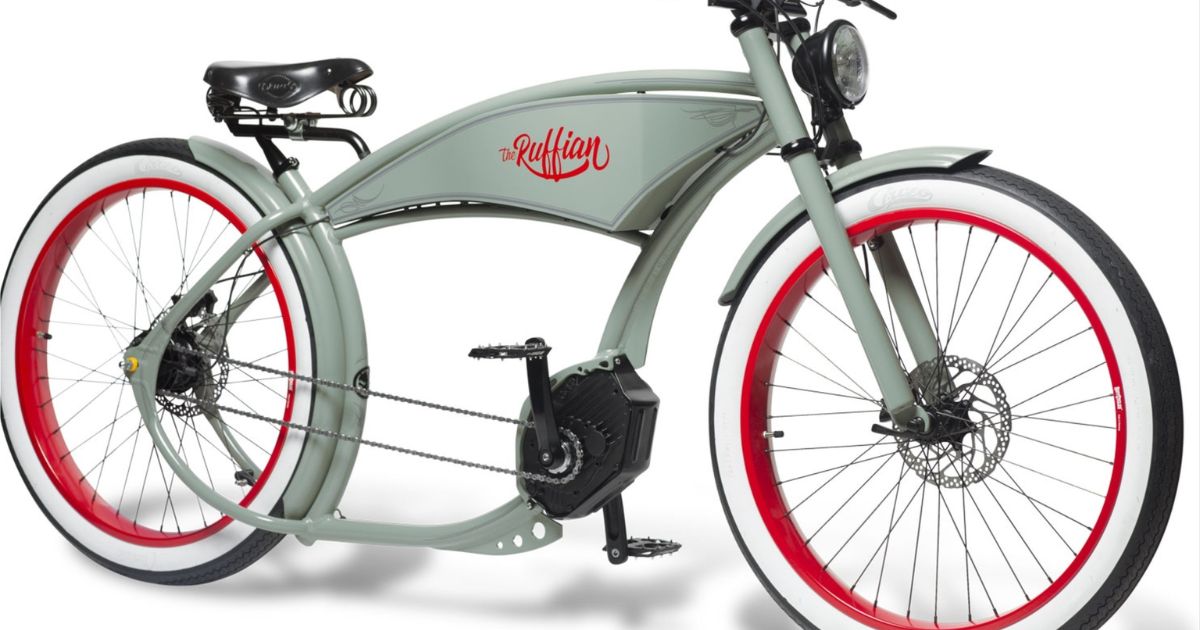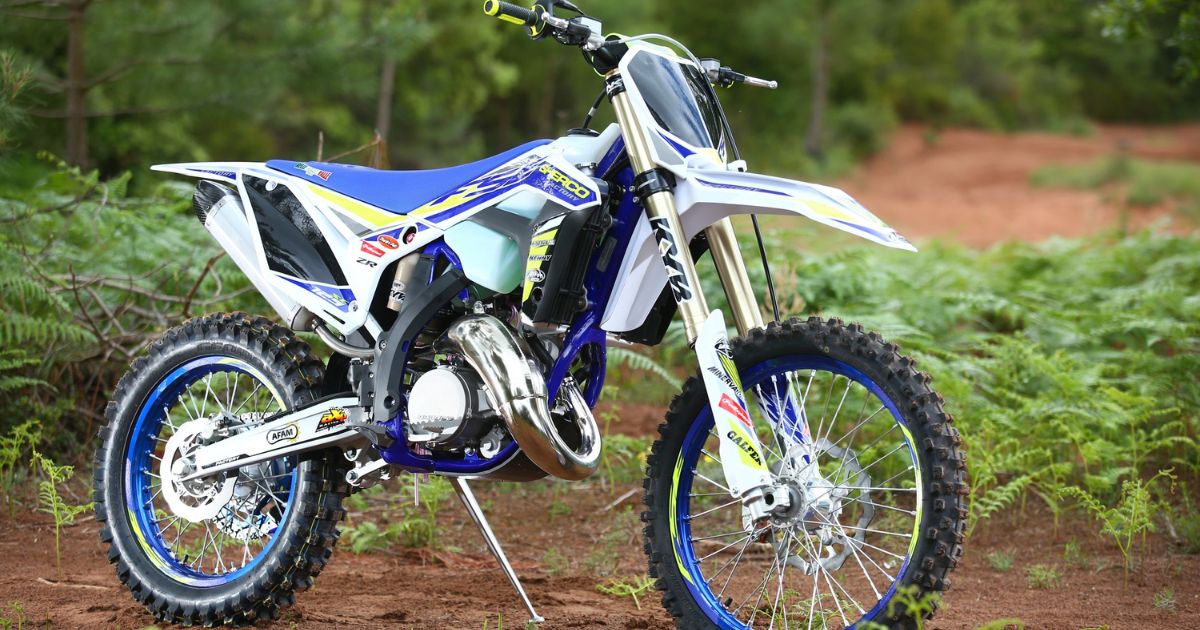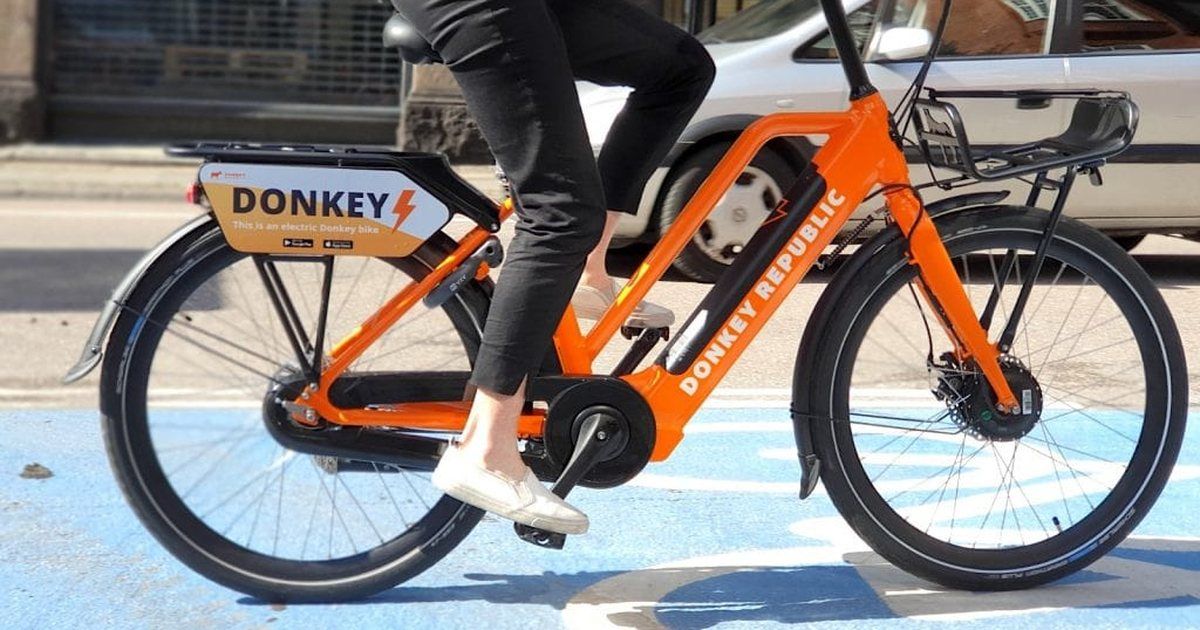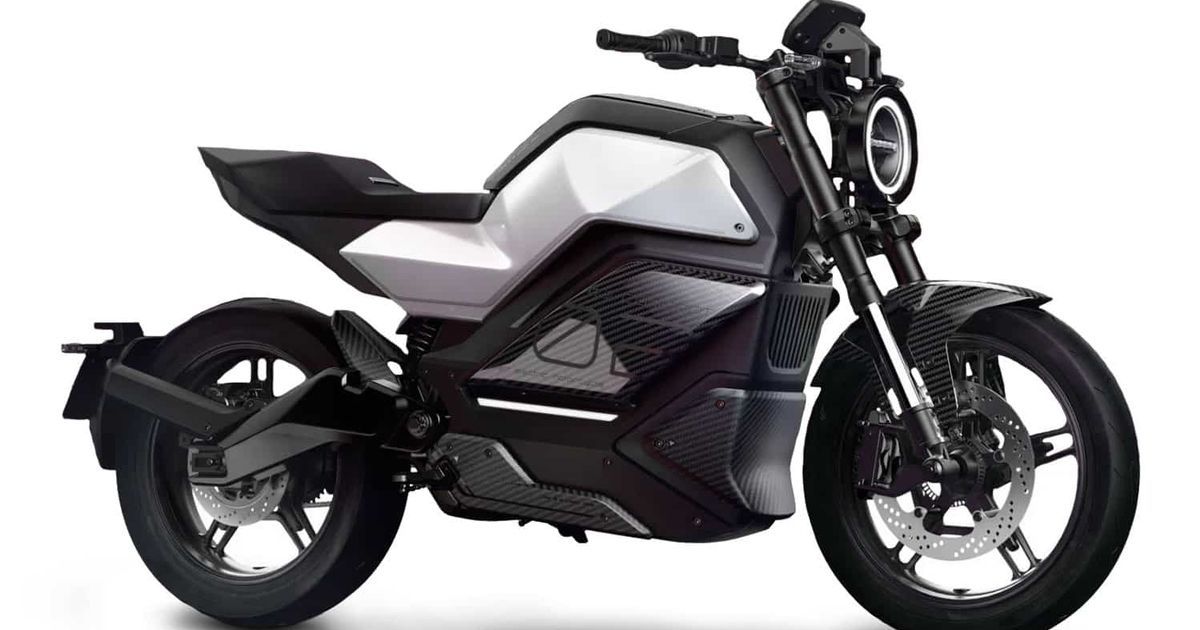The size of the battery for an electric bike refers to its capacity, measured in watt-hours (Wh), determining how much energy it can store. Larger batteries generally provide a longer riding range before requiring a recharge.
Choosing the right battery size for your electric bike is like finding the perfect power boost for your cycling adventures. It’s the heartbeat of your e-bike, determining how far you can go and how smoothly you can ride. Imagine having the ideal companion that keeps you cruising effortlessly through the streets.
Most electric bikes typically use lithium-ion batteries, and the ideal size depends on your intended usage and distance requirements. For daily commuting or short rides, a smaller battery of around 300-400 watt-hours (Wh) may suffice. If you plan on longer journeys or need more power, opt for a larger battery in the range of 500-700 Wh.
Best E-bike battery brand
| Brand | Battery Type | Capacity (Wh) Range | Notable Features |
| Bosch | Lithium-ion | 400 – 625 | High energy density, reliable |
| Shimano | Lithium-ion | 418 – 504 | Lightweight, integrated design |
| Panasonic | Lithium-ion | 500 – 630 | Long-lasting, consistent performance |
| Samsung | Lithium-ion | 400 – 700 | Excellent energy efficiency |
| Energuide | Lithium-ion | 450 – 750 | Customizable, advanced technology |
Best E-Bike Battery For Long Distance
When it comes to covering long distances on your electric bike, having the best e-bike battery is crucial for a smooth and extended ride. The ideal e-bike battery for long distances should offer a high capacity, providing ample energy to power your journey without frequent recharging. Lithium-ion batteries are often preferred for their lightweight nature and impressive energy density.
Look for a battery with a voltage and ampere-hour (Ah) rating suitable for your riding needs. Consider features like quick charging capabilities and a reliable battery management system to enhance overall performance. Investing in the best e-bike battery ensures a longer, more enjoyable ride with the convenience of covering more ground on a single charge.
Replacement Batteries For Electric Bikes
When it comes to electric bikes, replacement batteries play a crucial role in ensuring a smooth and continuous riding experience. These batteries serve as the powerhouse for your e-bike, providing the energy needed to propel you forward. The original battery may lose some of its capacity, leading riders to consider replacement options.
When choosing a replacement battery for your electric bike, it’s important to check compatibility with your specific model and consider factors such as capacity and voltage. Upgrading to a higher-capacity battery can extend your riding range, while a reliable replacement ensures you can continue enjoying the convenience and eco-friendly benefits of electric biking. Regularly replacing batteries helps maintain optimal performance and ensures that your electric bike remains a reliable and efficient mode of transportation.
E-Bike Battery Voltage Chart
An e-bike battery voltage chart is a simple and useful tool that displays the voltage levels of electric bike batteries. This chart typically shows the range of voltage for different states of charge, helping riders understand how much power is left in their e-bike battery.
Voltage is a key indicator of a battery’s energy level, and the chart usually includes categories such as low, medium, and high voltage. By referring to the chart, e-bike users can get a quick estimate of their battery’s condition and plan their rides accordingly. It’s a handy reference guide that makes managing and maximizing the battery life of an electric bike more accessible for riders of all levels of technical expertise.
| State of Charge | Voltage Range |
| Low | 36V – 42V |
| Medium | 42V – 48V |
| High | 48V – 54V |
| Full | 54V – 58V |
52v Ebike Battery
A 52V eBike battery is a power source specifically designed for electric bicycles. The “52V” refers to its voltage, indicating the amount of electrical potential it provides to the eBike’s motor. Higher voltage generally means more power and speed. This type of battery is popular for its efficiency and ability to deliver a strong performance, making it suitable for riders who seek a faster and more dynamic electric biking experience.
The 52V eBike battery is rechargeable and consists of lithium-ion cells, providing a good balance between energy density and weight. With this battery, eBike enthusiasts can enjoy extended rides and take on various terrains with ease, making it a reliable choice for those looking to enhance their electric biking adventures.
52v 21700 Ebike Battery
The 52V 21700 eBike battery is a powerful and efficient energy source designed specifically for electric bicycles. With a voltage of 52 volts, this battery provides a higher potential for performance, offering increased speed and range compared to lower voltage options. The “21700” refers to the battery cells used, which are of the 21mm diameter and 70mm length variety.
These cells are known for their higher energy density, making the overall battery more compact and lightweight while delivering impressive power. EBike enthusiasts appreciate the 52V 21700 battery for its ability to enhance the overall riding experience by providing a reliable and long-lasting energy supply for their electric bikes.
Factors influencing the choice of battery size
Usage Requirements:
Consider your device or application’s power demands. Larger batteries are suitable for high-energy consumption devices, while smaller ones are better for less power-hungry gadgets. Assess your usage patterns to determine the appropriate battery size.
Physical Size Constraints:
Evaluate the space available for the battery in your device. Smaller devices may require compact batteries to fit comfortably, while larger gadgets can accommodate bulkier batteries with higher capacities.
Weight Considerations:
Think about the weight limitations of your application. Larger batteries often provide more power but can also add significant weight. Choose a battery size that balances your power needs with the acceptable weight for your device.
Budget and Cost:
Understand your budget constraints. Larger batteries with higher capacities tend to be more expensive. Consider the trade-off between battery size and cost, ensuring that your chosen size aligns with your financial considerations.
Charging and Discharge Speed:
Assess the speed at which your device needs to charge and discharge. Larger batteries often have the advantage of slower discharge rates, providing sustained power over longer periods. However, they might take longer to recharge. Consider the balance that best suits your usage requirements.
Frequently Asked Questions
Are there other important factors besides voltage when choosing an eBike battery?
Yes, apart from voltage, consider the battery’s capacity (Ah). Higher Ah values mean longer rides. It’s essential to strike a balance between voltage and capacity based on your riding preferences and needs.
Can I use a lower-voltage battery for my electric bike?
It’s possible, a lower voltage battery may provide less power and potentially reduce your bike’s performance. It’s recommended to stick to the manufacturer’s specifications for optimal performance.
What are 21700 cells, and why are they popular in eBike batteries?
21700 cells are a type of lithium-ion battery cell, known for their larger size (21mm in diameter, 70mm in length) and higher energy density. They are popular in eBike batteries for their ability to pack more energy in a smaller and lighter package, improving the overall efficiency of the battery
Conclusion
Choosing the right battery size for your electric bike is crucial for optimal performance and a satisfying riding experience. Factors such as capacity, voltage, and chemistry play key roles in determining the overall efficiency and range of your e-bike. It’s essential to strike a balance between the battery’s capacity and weight, considering your specific riding needs and preferences.
Larger batteries offer longer ranges, they can also add weight to the bike. It’s recommended to assess your daily commute, terrain, and desired riding distance before making a decision. Finding the best battery size for your electric bike involves careful consideration of these factors to ensure a smooth and enjoyable journey on two wheels.

I’m passionate electric scooter enthusiast and the voice behind this blog. I’m here to share my expertise and insights with you. From in-depth reviews to problem-solving guides, my goal is to help you make the most of your electric scooter experience.








![Gomyfinance.com Invest: I Made $5,000 in My First Month [Real Results 2025]](https://electopolo.com/wp-content/uploads/2025/05/Gomyfinance.com-Invest-I-Made-5000-in-My-First-Month-Real-Results-2025-150x150.jpg)


